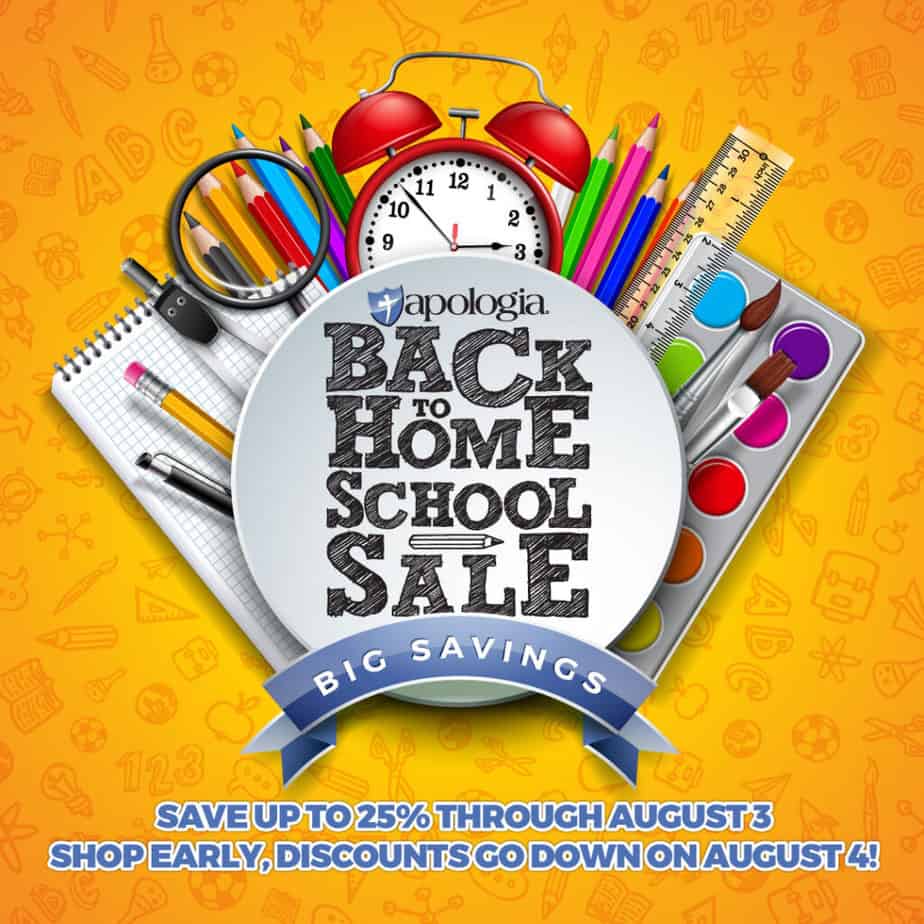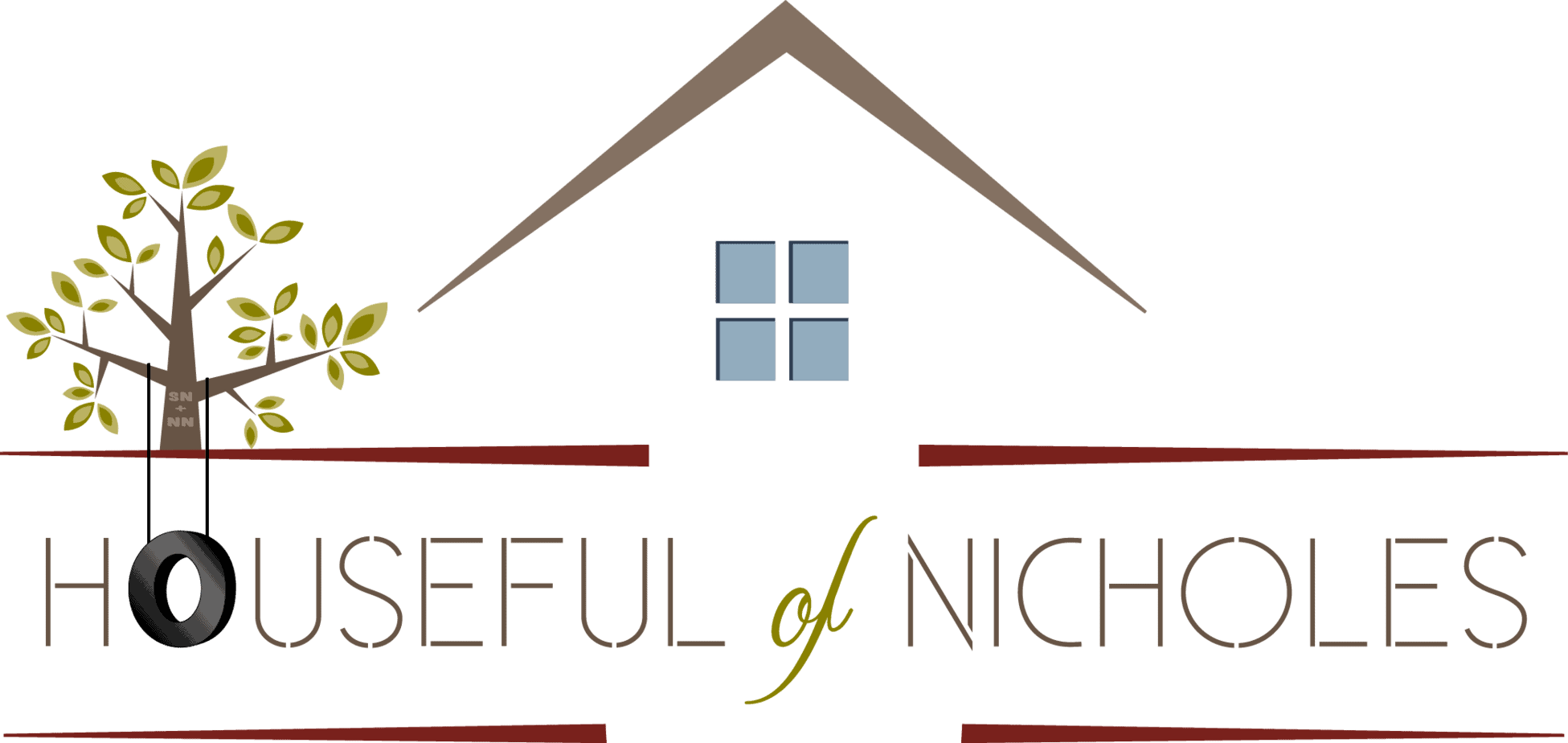As my children get older, it's important that I find a curriculum that works FOR me and them, so that we can spend quality time outside of the house applying what we've learned. For some of you, you will recognize this as a sort of Charlotte Mason method of homeschooling, and others may figure it has tidbits of unschooling. The structure of the Apologia Earth Science Curriculum offers that flexibility among other things.
I've heard of Apologia in my homeschool groups and the discussions have always piqued my interest. Now I have a chance to add to those discussions, but you get the scoop here first!
This is a paid review of Apologia Exploring Creation through Earth Science. I was compensated for my time in curating the review, but as with everything on the blog my opinions are honest sometimes brutally so.
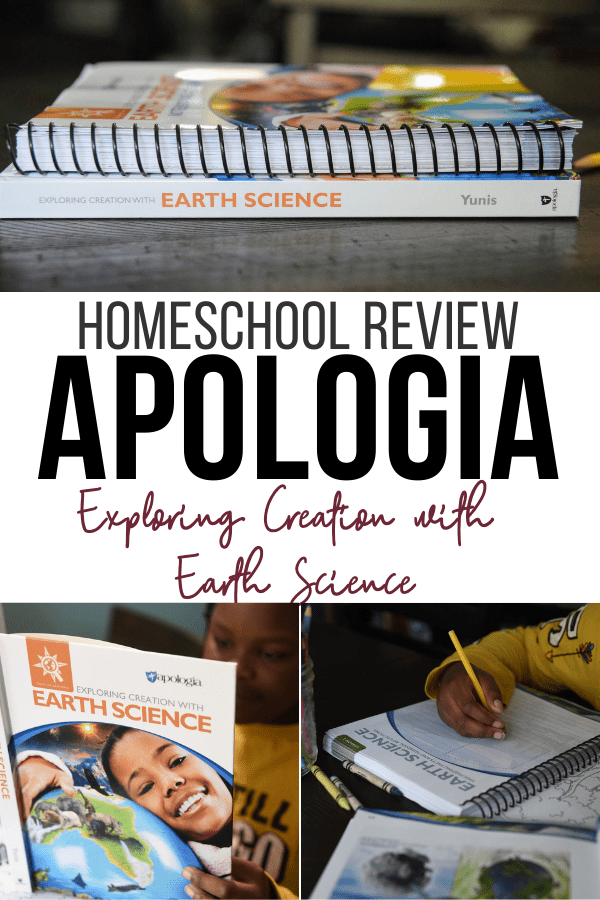
I'm certain all of you are aware that we're a Christian family, but we also believe HEAVILY in science (hello, I majored in biology as an undergrad) so this will be a review of both sides. I've been hesitant in the past to bring Christian based curriculum into my homeschool because they don't always reflect our views in a proper way. It's more difficult to do that with science, but I come into these reviews open to see what is offered.
We're also aware that sometimes these curricula provide great opportunities to explore the way we learn more.
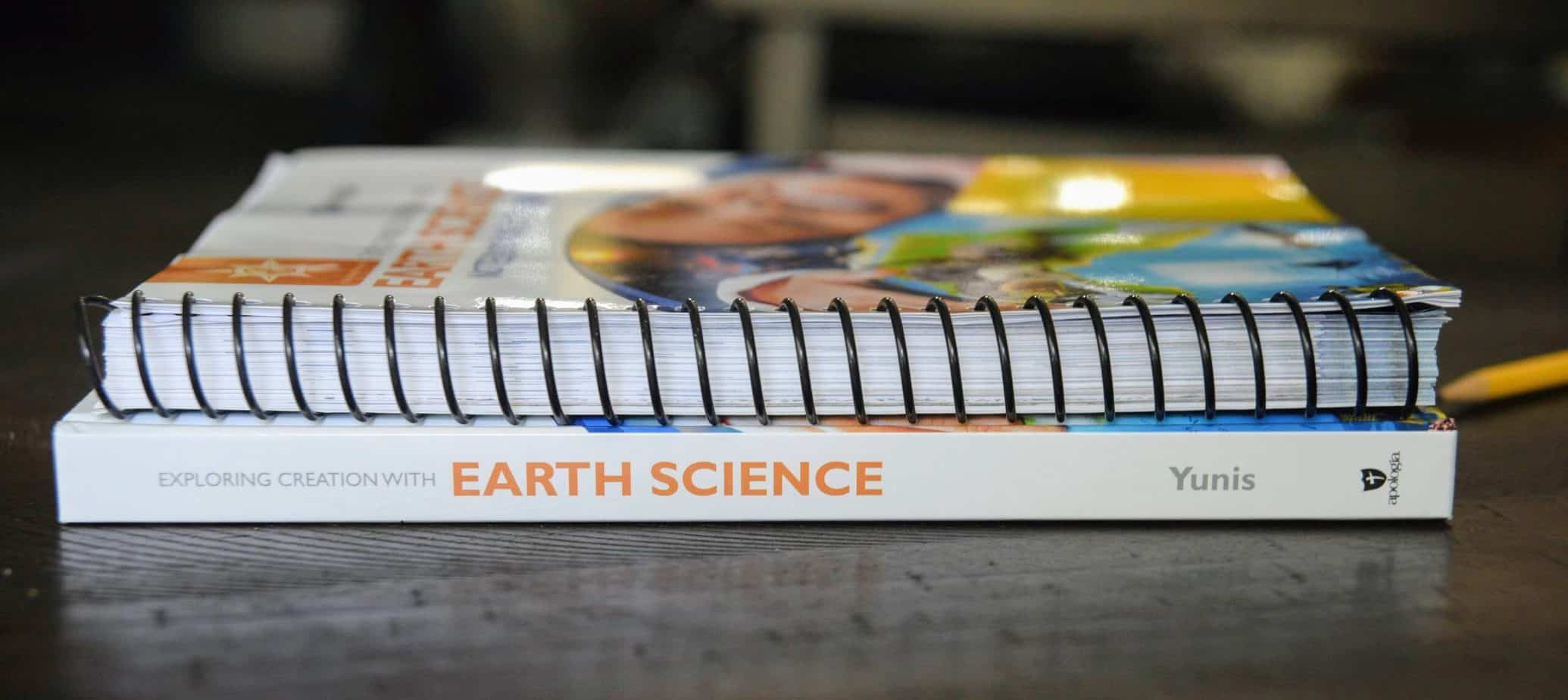
Apologia Exploring Creation with Earth Science
Exploring Creation with Earth Science
The Apologia Exploring Creation with Earth Science course is written from a Biblical worldview with homeschool in mind. At the K-6 level, this course follows a Charlotte Mason-inspired methodology, with lessons organized around narration, notebooking exercises, and hands-on activities or projects. Usually, this is referred to as a living book with emphasis on getting children out in the real world to apply what they've learned. It also connects us back to notebooking, something we regularly did and loved in our early days of homeschooling. Children at different ages can use these together, learning at their own level. Each course is designed to be teacher-student interactive, so expect to be a bit more involved with your children if necessary.
There are fourteen lessons total. Separated into small lessons that you can run with if you want. Each lesson includes hands-on activities that coincide directly with each week's offering. I'm not going to act as if my daughter and I weren't the most excited about this aspect.
The lessons that are offered in the K-6 curriculum are:
- Lesson 1: The Observable Universe
- Lesson 2: Life in the Habitable Zone
- Lesson 3: Spheres of the Earth
- Lesson 4: Mapping Your World
- Lesson 5: The Geosphere
- Lesson 6: Making and Shaping the Land
- Lesson 7: The Hydrosphere
- Lesson 8: Th Atmosphere
- Lesson 9: Climate and Weather
- Lesson 10: Weather Forecasting
- Lesson 11: The Biosphere
- Lesson 12; Cycles of Life
- Lesson 13: Places on Earth
- Lesson 14: God in Creation
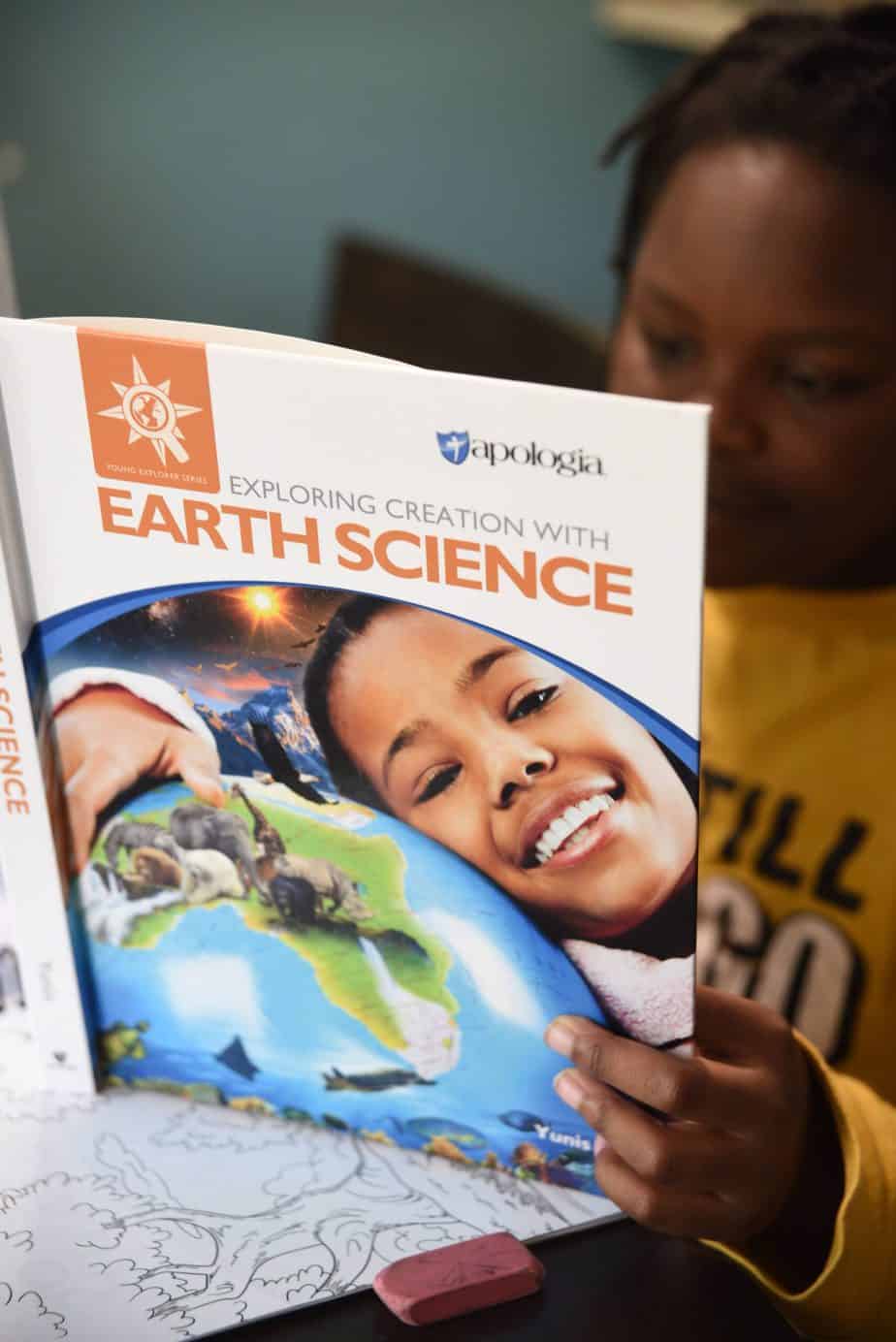
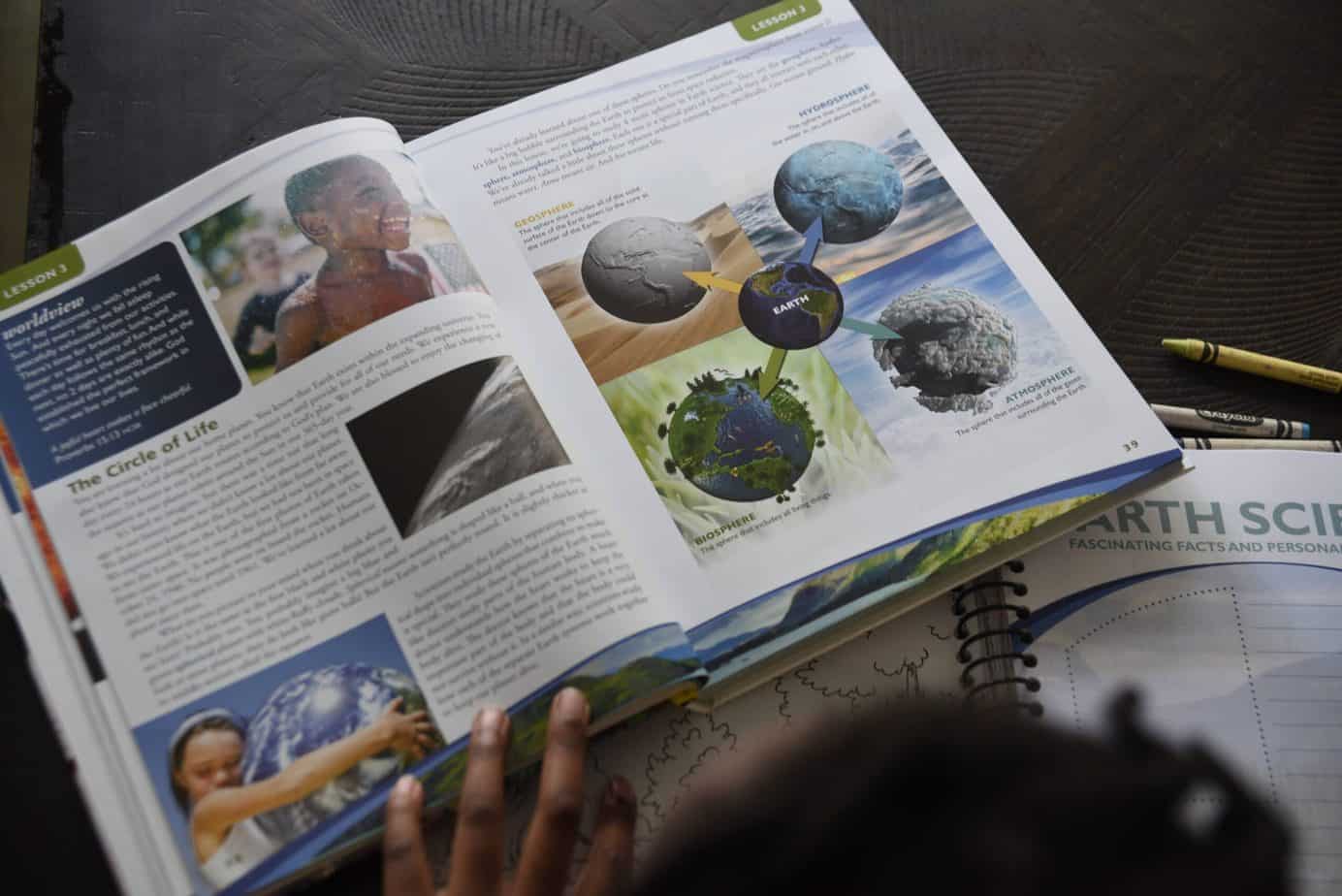
Textbook
Textbooks are written directly for students to understand. No confusing vocabulary to struggle with. The tone is conversational and often asks students to stop and retell in their own words what they just heard from the teacher, or read on their own. The curriculum engaged my children early and built up their ability to clearly and effectively communicate what they were taking in. The entire purpose of this curriculum is to create active learners. Not learners who sit and listen, but listen and do. In my opinion, that's the best type of learning, and when I'm not looking to them to tell me what they want to learn, I appreciate having something to fall back on.
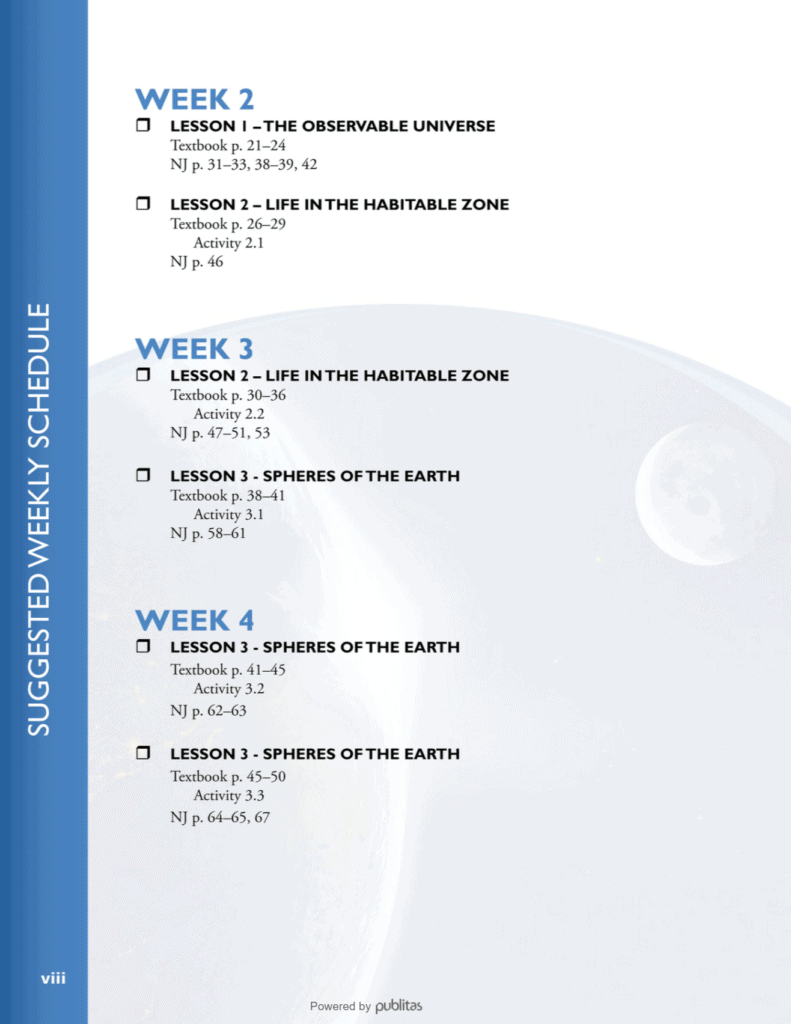
Lesson Plan
A detailed lesson plan is also included in the notebook journal to keep both teacher and student apprised of what to do next. Of course, since it's your homeschool, you can go as fast or as slow as you need to.
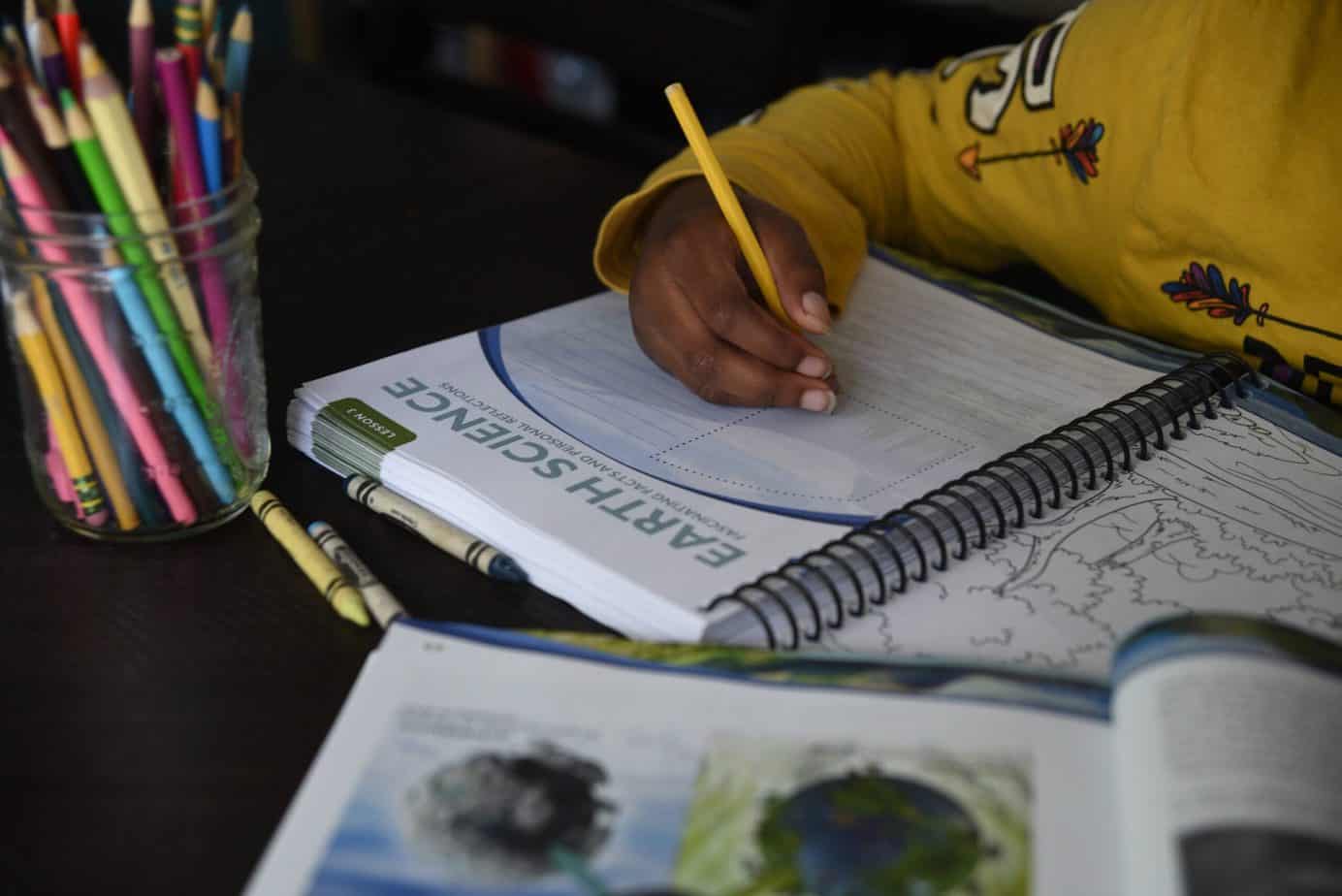
Notebooking Journal
This is quite a lifesaver for me. I've always had great delusions of grandeur when it comes to how organized I will have my children during homeschool. I've come to realize that I'd rather pay for the convenience of an already assembled notebook than having to create my own.
The journal offers spaces to write reflections via What I Did and What I Learned prompts. There are also activities like crosswords, scrapbook page creations, and a space to write down what your students remember from each weekly lesson.
You can choose between a Junior notebook or a Regular notebook. The Junior notebook is meant for students who haven't quite gotten around to being able to write in between the lines. Which is the exact reason why the writing lines are wider.
Hands On Activities
Each week provides several opportunities to create physical representations of each lesson, and often rely on the use of supplies you can easily find around your home. Someone was excited about one of the very first activities that included making an expanding universe. Never underestimate the love of putty from a homeschool student.
In the notebooking journal, there are also several cut and paste activities and they aren't necessarily built into the schedule. They are lesson enhancements and can be used with your discretion.
Coloring Pages
Every lesson has a coloring page at the starting page. This is perfect for children who need to have something to do while listening to the lesson being read, or as quiet work if they do finish their lessons before everyone else. There is no specific assignment for them, so this is more of a free portion of the curriculum.
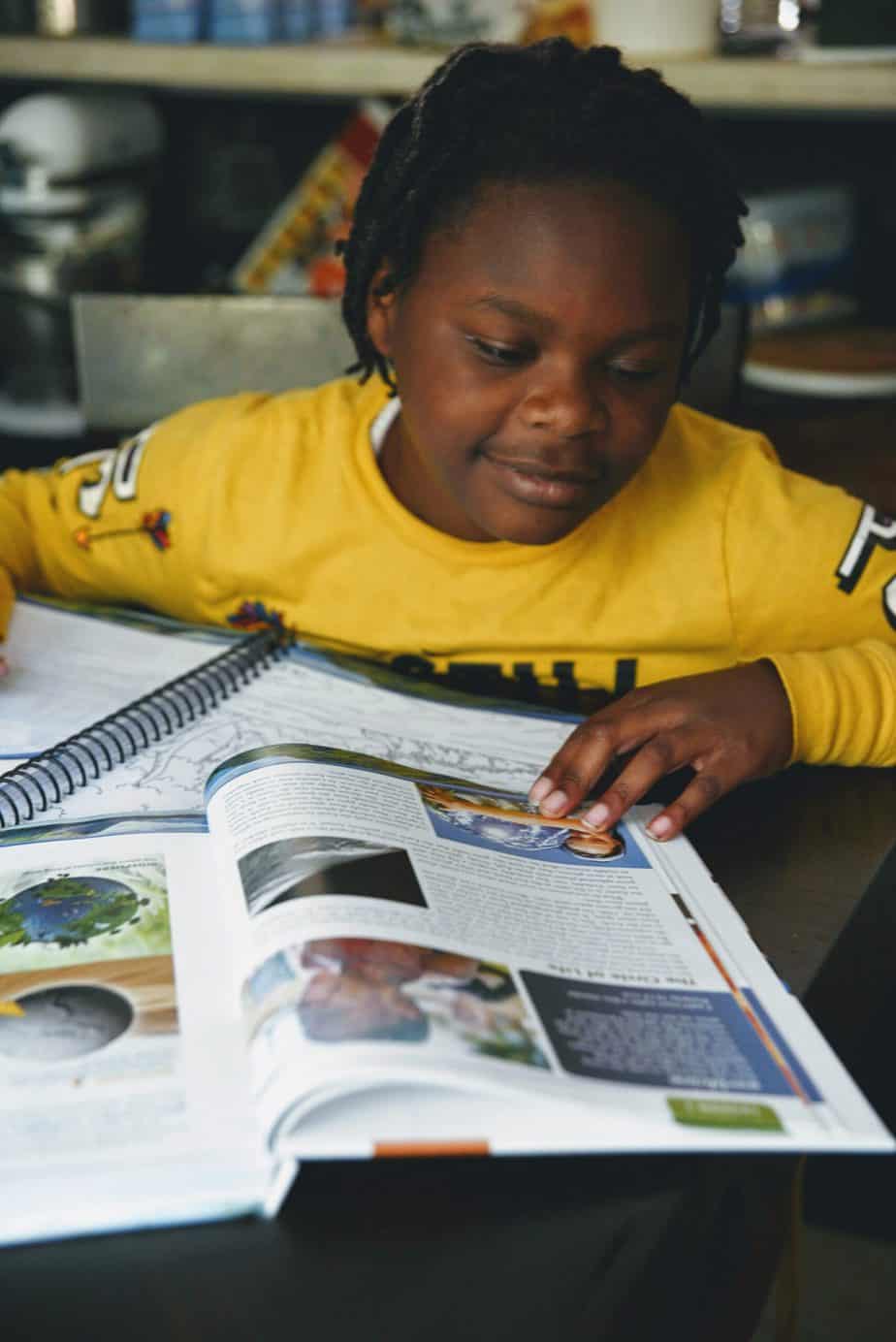
First Reactions to Apologia Exploring Creation with Earth Science
My youngest daughter and the person you often see in my homeschool reviews is the student who loves notebooks. She likes holding books in her hand and being able to write in notebooks. When I presented the Apologia notebook journal to her for this review she gave a dramatic gasp and stated that she was looking forward to marking the entire thing up.
She thumbed through the textbook and stated how much she liked that the textbook and the notebook journal aligned with each other. So, if there was a day that I wasn't feeling up to holding her hand (and to be honest, that's most days lately) she has a full guide of where she has to be, and where answers can be found.
When I had the chance to look through the text and the notebook journal, I was happy that I didn't have to do any planning outside of reading the lesson through before teaching it. The weekly lesson plans, the outlines in the journals, and the lists of every supply I needed helped to guide me and keep me stress-free while teaching. I loved it even more that most of the supplies were already readily available because we're active with our homeschool already.
Each lesson does come with a scripture. We were able to discuss the scripture and how it applied to what we were learning. We dug a bit deeper and discussed what it meant in our lives as a whole. If Mr. Nicholes happened to be teaching, the scripture could very well turn into our weekly sermon. My children and I have become accustomed to it and will get him back on track again to finish our science lessons.
If you're the type of educator that needs to see a bit of the product before purchasing, you're in luck. You can click the above button and check out the entire first lesson. It's the best way I can think of to plan where your homeschooling dollars will be going.
If that's not your cup of tea, then you can enter the giveaway below. 2 winners (USA or Canada only) will get an Exploring Creation with Earth Science set. Winner’s choice of Regular or Junior.
Remember that the back to homeschool sale is live through August 3rd! Now would be a perfect time to snag curricula for all of your students at a discount of 25%!
